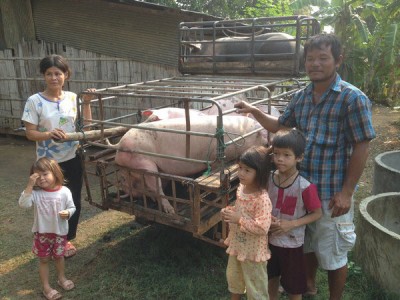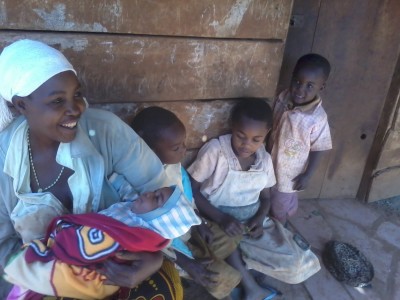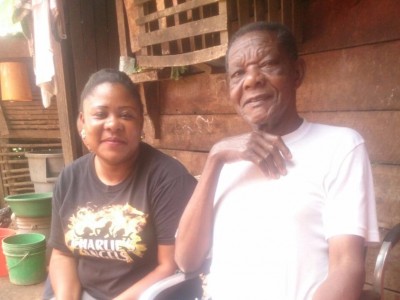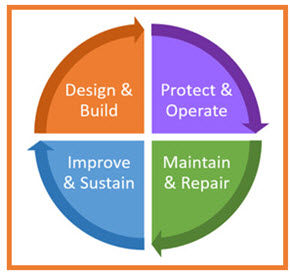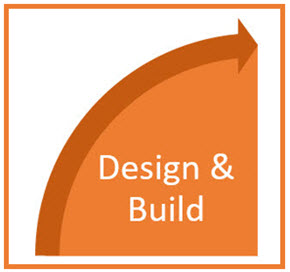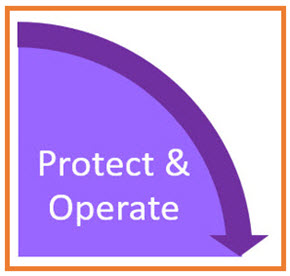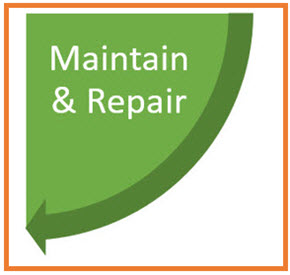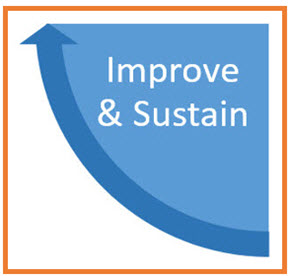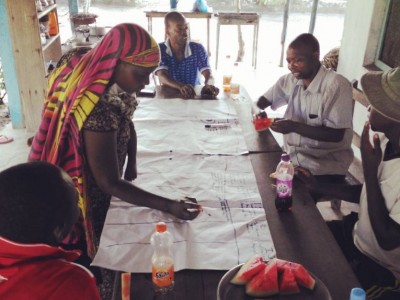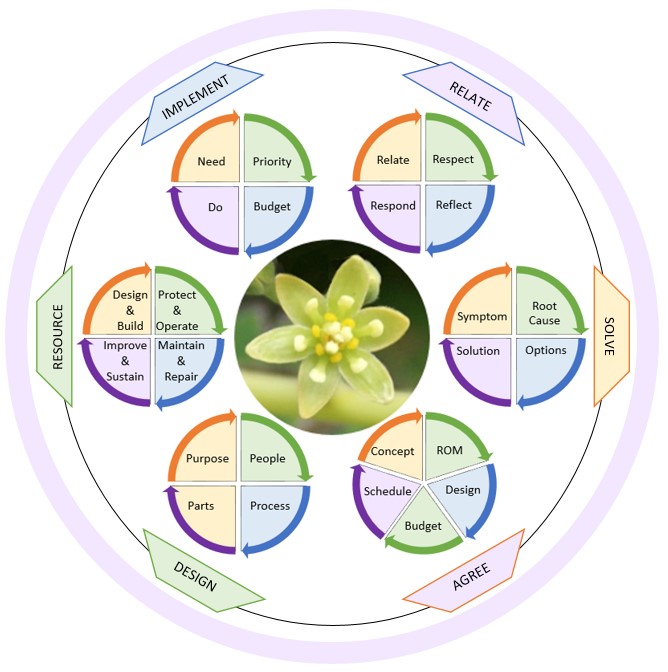
Petals represent six best practices that build and care for solutions for sustainable living challenges:
RELATE to understand challenges
SOLVE root causes of challenges
AGREE ownership of solutions
DESIGN fit-for-purpose solutions
RESOURCE low life-cycle cost solutions
IMPLEMENT sustainable solutions
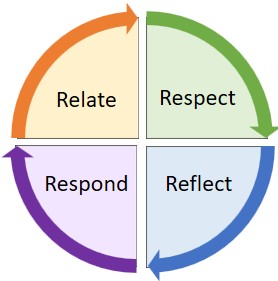
Relate
Relate in order to understand people’s sustainability challenges.
Relate – to the person facing the challenge
Respect – what the person believes is the challenge and its root cause.
Reflect – upon the challenge and possible root causes.
Respond – with sustainable solution options.
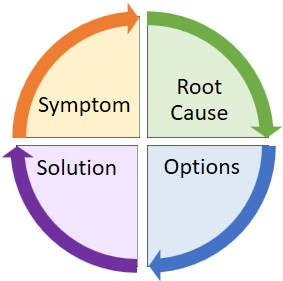
Solve
Solve root causes of challenges.
Symptom – list is documented.
Root cause – is found by asking what is causing the symptom(s) and why.
Options – list of possible solutions with pros and cons of each.
Solution – test preferred sustainable solution.
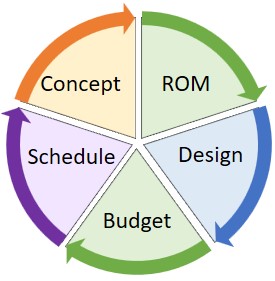
Agree
Agree ownership of solutions.
Concept – document the challenge and preferred solution.
Rough – document Rough Order of Magnitude (ROM) cost & benefit(s).
Design – fit-for-purpose solution.
Budget – Bill of Materials (BOM) final budget for stages of low cost life-cycle.
Schedule – project that has funded budget.
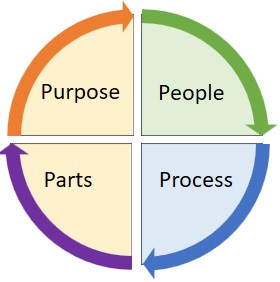
Design
Design fit-for-purpose solutions.
Purpose – document the challenge, preferred solution and its impact.
People – who will benefit from the solution and sustain it.
Process – the people will use to overcome the challenge and sustain the solution.
Parts – the people will use and sustain to deliver the challenge’s solution.
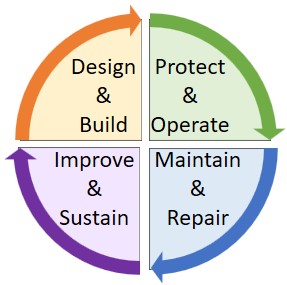
Resource
Resource low life-cycle cost solutions.
Design & Build – fit-for-purpose solution.
Protect & Operate – to easily overcome the challenge.
Maintain & Repair – throughout the low cost life-cycle.
Improve & Sustain – the fit-for-purpose solution and low life-cycle cost.
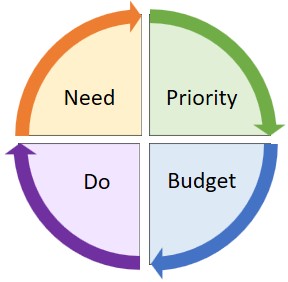
Implement
Implement sustainable solutions.
Need – solutions to sustainable living challenges.
Priority – based upon number of people impacted, level of impact, and urgency.
Budget – select as many high priority projects as the budget can sustain.
Do – sustainable projects.
Agree ownership
A negotiated collaborative solution brings together feelings of ownership and goodwill that are fueled by sharing of best practices. Solutions are collaboratively designed with our partners, families, schools and communities so that the root cause of the need is understood, addressed and agreed.
Resource for low cost life-cycle
A sustainable solution provides predictable, continuously improving value so that it can be sustained by families and communities throughout it’s life-cycle.
Design fit-for-purpose
A fit-for-purpose holistic solution brings together people, process and parts to create solutions that address the root causes of challenges to achieving sustainable living.

